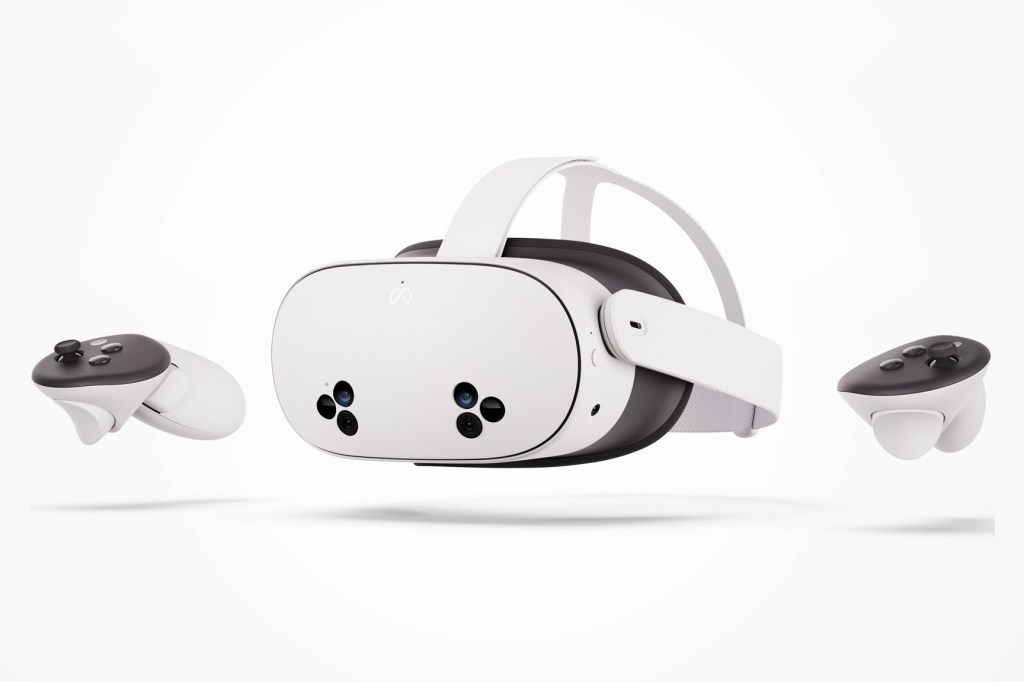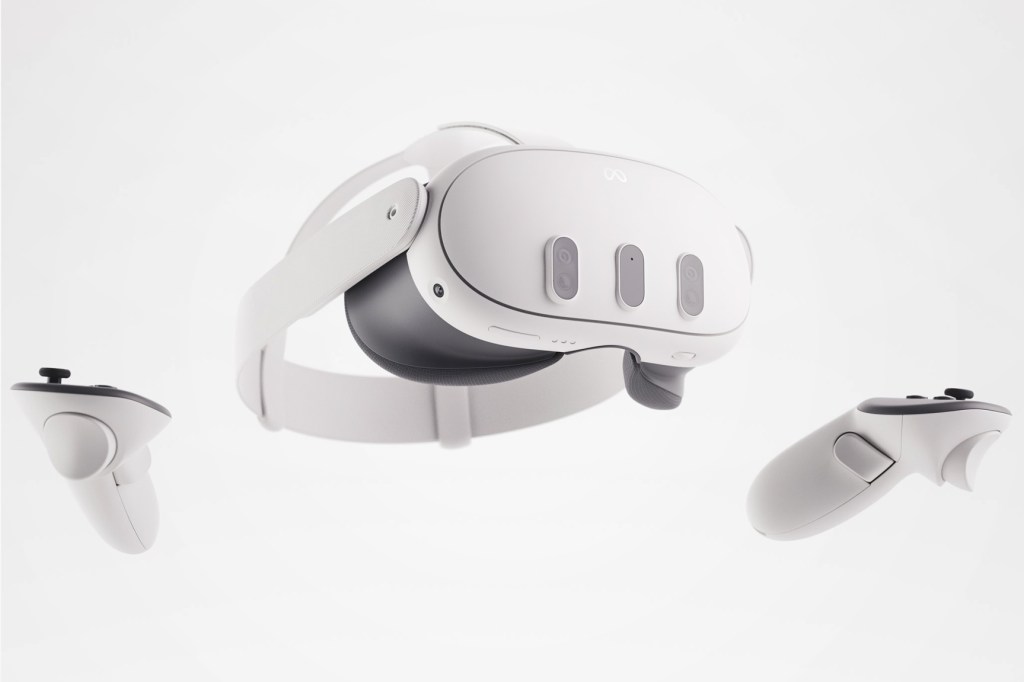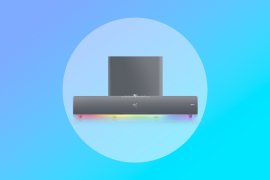Meta Quest 3S vs Quest 3: what’s the difference?
Is the newer, cheaper headset now the VR sweet spot?

Meta has finally pulled back the curtain on its latest mixed-reality headset. The Quest 3S is essentially a cut-down version of the current Meta Quest 3, aimed at those with a little less cash to splash on a standalone VR headset. The two have lots of similarities – but also some notable differences that are worth checking out before deciding which is right for you.
While I’ve yet to try the Quest 3S, I’ve pored over each headset’s spec sheet and highlighted the biggest ways they sit apart from each other below.
Price & availability
The Meta Quest 3S goes on sale on October 15, with prices starting at $300 / £290 for the 128GB base model. That includes the headset itself and two controllers.
Meta is stopping production of the Quest 3 with 128GB of storage, so if you move fast it can be snapped up at a tidy discount while stocks last. Once they run out, the only version will be the one with 512GB of on-board memory. It’ll set you back $500/£410 – a healthy reduction from the original $650/£480 asking price.
The Meta Quest 2 and Quest Pro are also going end-of-life, so soon your only option for these versions will be the second-hand market.
Internal hardware

Both the Quest 3 and Quest 3S are powered by Qualcomm’s Snapdragon XR2 Gen 2 chipset, and each have 8GB of RAM. On paper that means performance should be similar in games and VR experiences – except the Quest 3 is actually pushing more pixels. It has a 2064×2208 resolution per eye, compared to the Quest 3S’ 1832×1920 per-eye setup.
The Quest 3 can run its LCD displays at 72Hz, 80Hz, 90Hz or 120Hz depending on the content; the Quest 3S only offers 90Hz and 120Hz options. The more expensive headset is still the better choice for PCVR, letting you prioritise resolution without also needing to deliver 90fps for a smooth gameplay experience.
There are differences when it comes to optics, too. The Quest 3 has pancake lenses, which are typically thinner, lighter and create less image distortion, while the Quest 3S has fresnel lenses. It has a narrower field of view (96º horizontal and 90º vertical to the Quest 3’s 110º horizontal and 96º vertical) and only three inter-pupillary distance (IPD) pre-sets, instead of the Quest 3’s more adjustable IPD dial. Until we get to try the Quest 3S it’s unknown how much difference this’ll make in use, but on spec alone the Quest 3 will be the superior viewing experience.
The Quest 3S will arrive with a 4324mAh battery, while the Quest 3 has a larger 5060mAh capacity cell. That should mean the pricier headset can last longer between charges, even if it has to render at a higher resolution.
Design & features

The Meta Quest 3S has a simpler appearance to the more sculpted Quest 3, with relocated outward-facing cameras and a thicker overall build. It’s no heavier – there’s only 1g difference between the two – but the centre of gravity has shifted forward slightly.
Both headsets have the same 4MP full-colour camera for passthrough and mixed-reality use, but the Quest 3S relies on software to measure depth, instead of the dedicated sensor found on the Quest 3.
The new headset also ditches the 3.5mm headphone port, meaning you’ll need wireless earphones with a passthrough USB-C dongle if you want to listen while also charging the battery.
Both headsets ship with a pair of Meta’s Touch Plus controllers, and most Quest 3 accessories will work with Quest 3S – but not all of them.
Initial verdict
The Quest 3S is shaping up to be a capable standalone VR headset that carries over all of the pricier Quest 3’s mixed reality smarts, for considerably less cash. Meta has made a few cutbacks that might make you think twice about which model is right for you, but they mostly seem to be around the optics.
If you’ll be using VR in short bursts and don’t mind a fiddlier setup process for things like IPD adjustment, Quest 3S looks to be the best value option.



